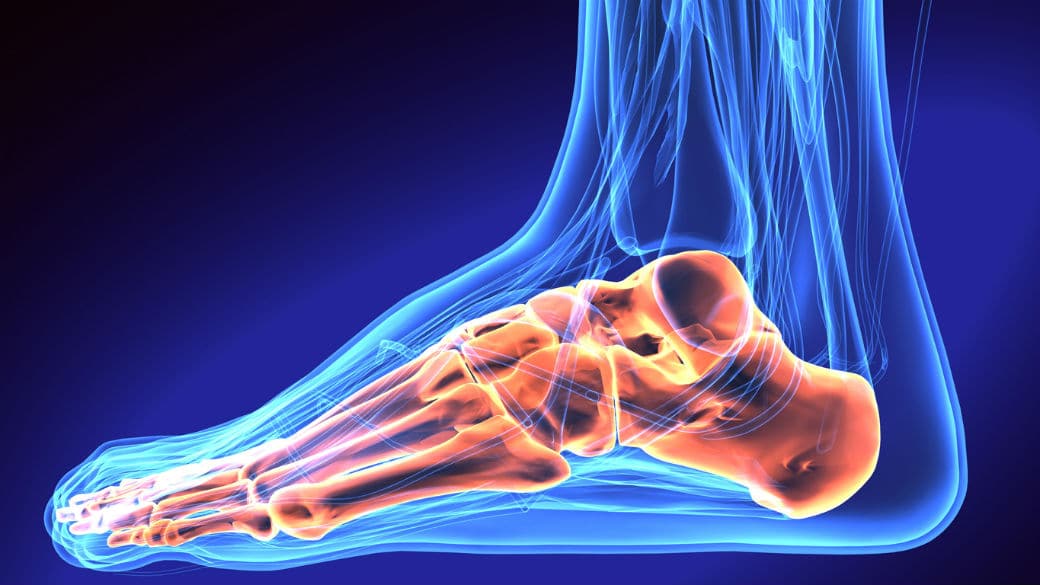
I can reduce (realign and stabilize) the fracture by performing an open reduction with or without an internal fixation device. Physical Therapy will help the patient to regain their range of motion and strength in the affected limb or body part and most patients recover with no complications.įor those patients who have a displaced avulsion fracture where the piece has separated away from the main bone significantly (this depends on the body part), we usually take those patients to surgery. We treat the swelling, bruising and pain with rest, elevation, and intermittent icing for the first 24-48 hours and can give the patient an anti-inflammatory medication as well for the pain and swelling. Most avulsion fractures do not require surgery and can heal by being immobilized in a splint or Air cast for 6-12 weeks. Some avulsion fractures are less urgent, and some will require early surgery, which is why it is always important to get checked out by a physician or at an emergency room as soon as possible.Īvulsion fractures are diagnosed by x-ray or CT scan, after a physical examination by a physician. Symptoms of avulsion fractures are similar to sprains and smaller fractures, and typically include swelling, bruising, pain, difficulty moving the affected limb, and difficulty weight-bearing if a foot, ankle, knee, or pelvis is involved. Certain bones elbows, ankles, knees, pelvis, and the spinal bones are the areas of the body that are more prone to avulsion fractures due to the number of ligaments that are needed to keep these joints stable. However, a person of any age can have an avulsion fracture. These sports push the young athlete’s muscles and bones to their limits and sometimes beyond. Contact sports, including gymnastics, are also a common cause of this injury. This type of injury is typically seen in young athletes where sudden directional changes or quick movements are made, but that isn’t always the case.
/Ankle-Fracture-NYC-Medial-Malleolus-Avulsion-1-56a315cf3df78cf7727bbaa2.jpg)
When enough impact is applied in just the right manner, sometimes these tissues can pull from the bone with such force that they pull a chunk of bone with them at their attachment point, called an avulsion or avulsion fracture. Our bones are connected at the ends to tendons or ligaments, which then connect either to other bones or muscle and help us move. I’ll describe this type of bone break, how it is typically caused, diagnosed and how it is most effectively treated.

One of the less familiar to you may be an avulsion fracture, which I am going to discuss in this article. Surprisingly, there are quite a few ways that a bone can break. As an Orthopaedic physician, I’ve seen my share of broken bones in my years of practice.


 0 kommentar(er)
0 kommentar(er)
